It’s Mr Saasdia Travel Gid (MTH) back for another blog takeover. How do bloggers write so often? Two posts have taken me hours… and I get a year off in between posts, and months to write them when I do. Anyway, that’s irrelevant… I previously wrote about my visit to Seoul, South Korea. I knew when I found out I was visiting that I had to visit the DMZ, the border area between North and South Korea. Hannah was in equal part excited that I’d get the experience and livid that she wouldn’t.
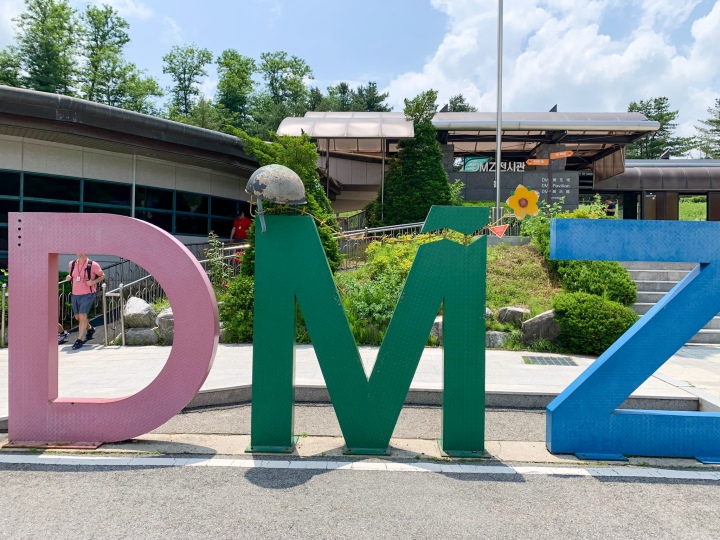
Contents
How to visit the DMZ
You can’t visit the DMZ on your own. You have to go on an organised tour from South Korea, and I chose one with Get Your Guide which was really well run. Tours last half a day and cost around £45 per person and you must remember to take your passport otherwise they cancel the tour for everyone. Imagine the shame!
The DMZ stands for the demilitarized zone, effectively a bit of land that is 4km2 in size and acts as a buffer between North and South Korea.
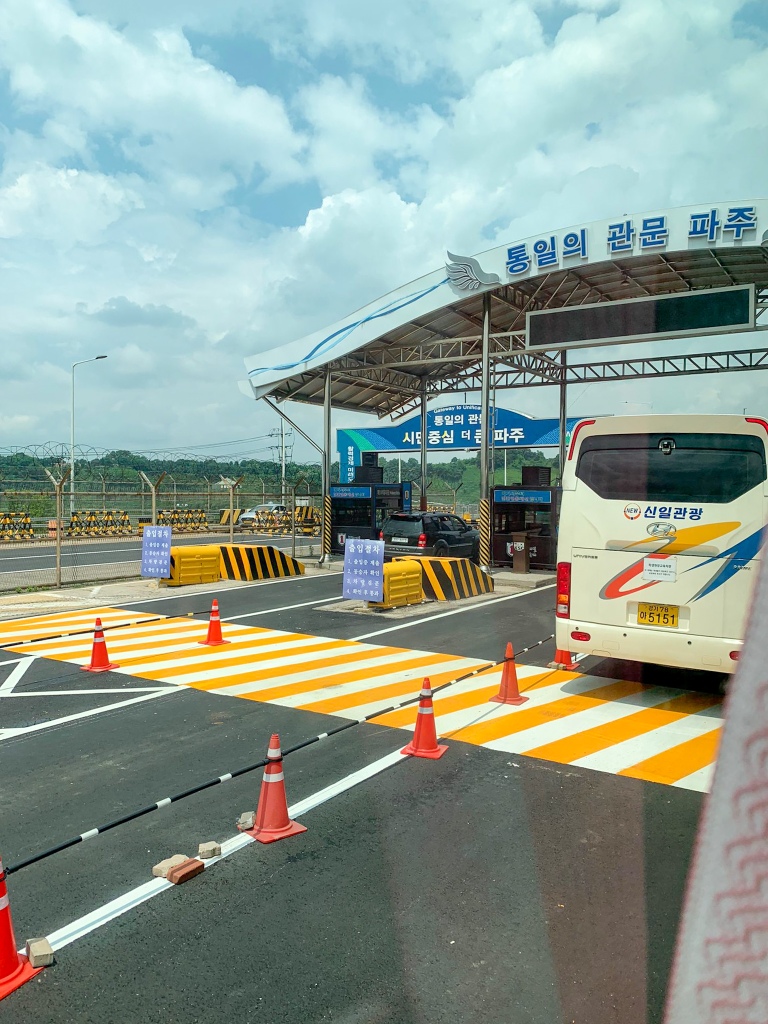

History of the DMZ
The DMZ is really a result of global politics so let’s start there. Hannah taught me a lot about the impact the world wars had on the world and that we still feel today. This is a good example… at the end of WW2 in 1945, The Soviet Union (Russia) and the USA decided (with no input from Korea themselves of course) to split the Korean peninsula in two, with the Soviets setting up a Communist regime in the north part, and in the South a military government was set up and supported directly by the USA.
The ultimate objective was for the Soviet Union and the United States to leave, and let the Koreans figure it out, but then the Cold War happened and everything that was tried to reunify the peninsula was thwarted by both the Soviet Union and the United States not wanting to give in to each other.
The Korean War in the 1950s made things even worse, as the USA bombed North Korea and over 2.5million were killed. Since the end of that war in 1953, very few people have crossed the border and here we are… with a DMZ the very sad result.
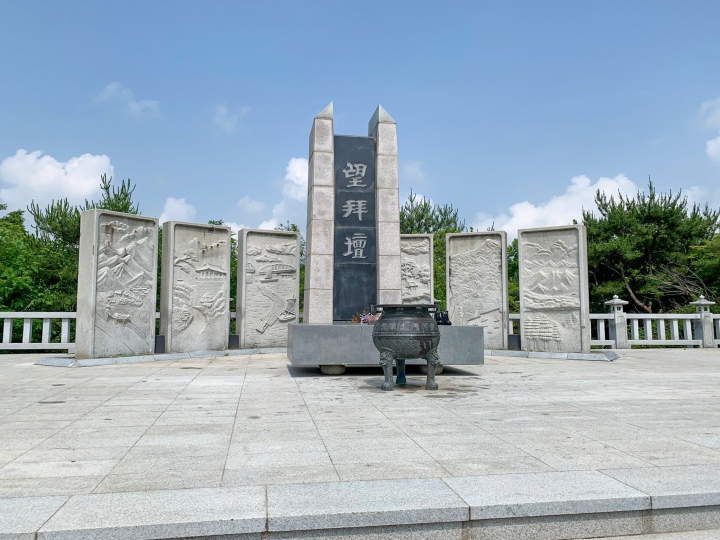
What you see at the DMZ
Imjingak Park & The Bridge of Freedom
The first stop of the tour was Imjingak Park, which houses memorials to the victims of the Korean War, as well as The Bridge of Freedom which many South Koreans crossed to come home after displacement during the fighting.

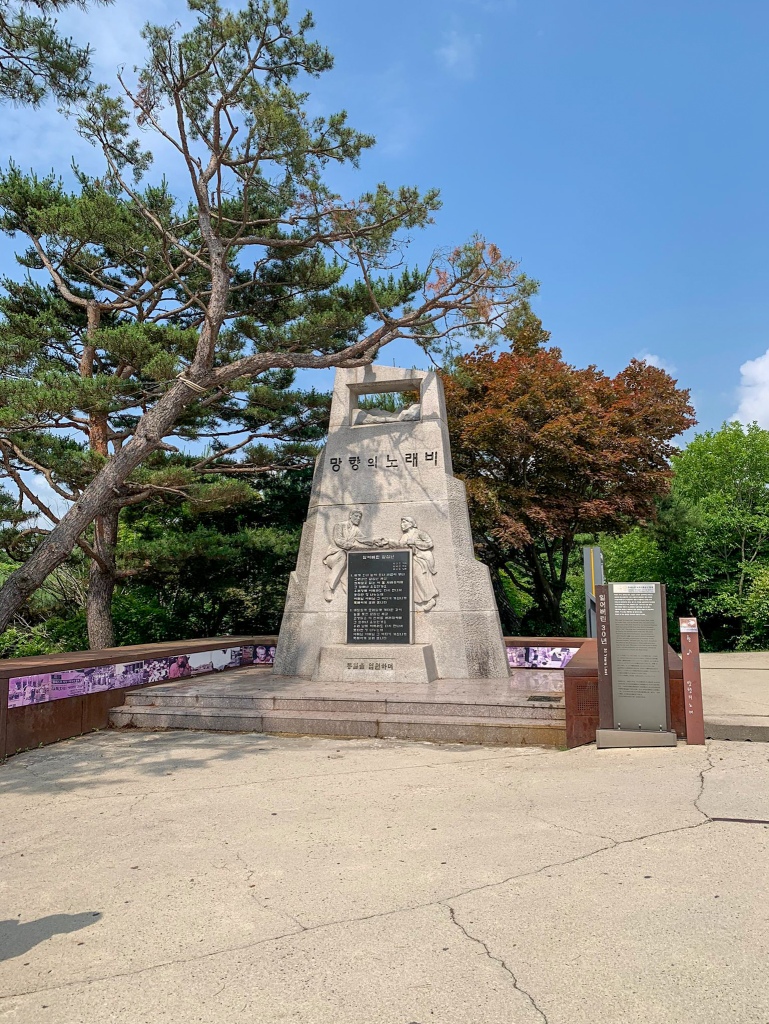
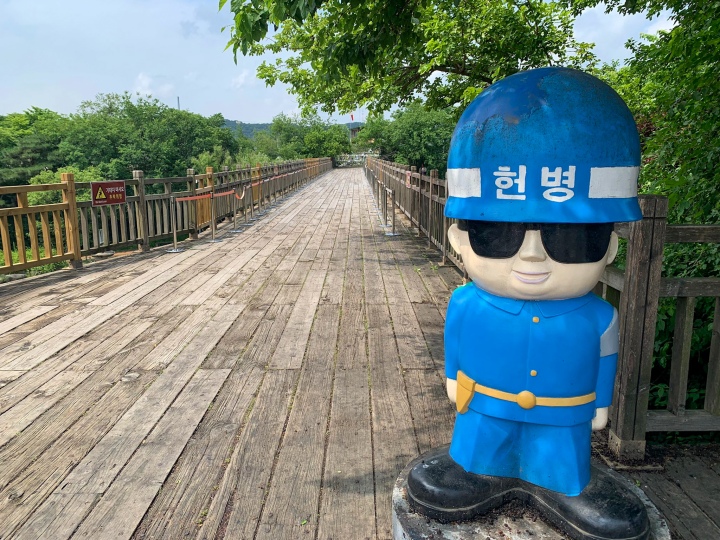
The Tunnels
The second stop was the Tunnels. You can’t take photos inside the tunnels, but they were fascinating. Four tunnels have been found underground in the DMZ. When the third tunnel was found in the 1970s (it was 400m long), North Korea said it wasn’t anything to do with them… although later changed their story to say they were searching for natural resources. The tunnels were dark and cold and really just, well, a tunnel. But it’s a pretty historic tunnel to say you’ve walked along.
Dora Observatory & Peace Village
The third stop was the Dora Observatory looking over the DMZ. From here you can see the Peace Village erected by North Korea. According to North Korea, the Peace Village is inhabited by a community of farming families who have access to childcare, a hospital and school. Indeed, these buildings do exist and, from afar, it’s a colourful and attractive village… but the reality is no-one lives there and it’s just for propaganda. Weird.
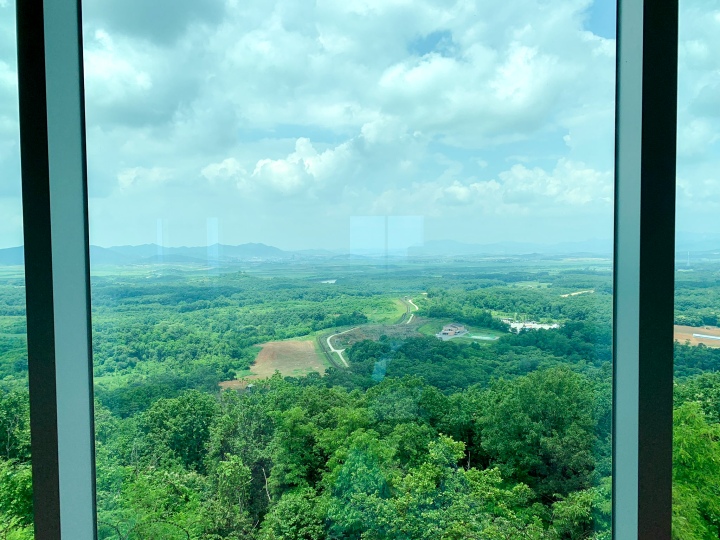
When you visit Dora Observatory, you’ll see two other villages located in the DMZ. One acted as a village for factory workers but has been abandoned since the nuclear weapon threats of 2016 and the other is a farmers village which is still inhabited. It was absolutely bizarre to look in, like looking through to another world.

And that was it… what a place to say I’ve visited. It felt so far away from my every day life. And if anyone ever goes to South Korea in the future please take my wife with you, otherwise I’ll never hear the end of it!
Stay safe and happy travelling!

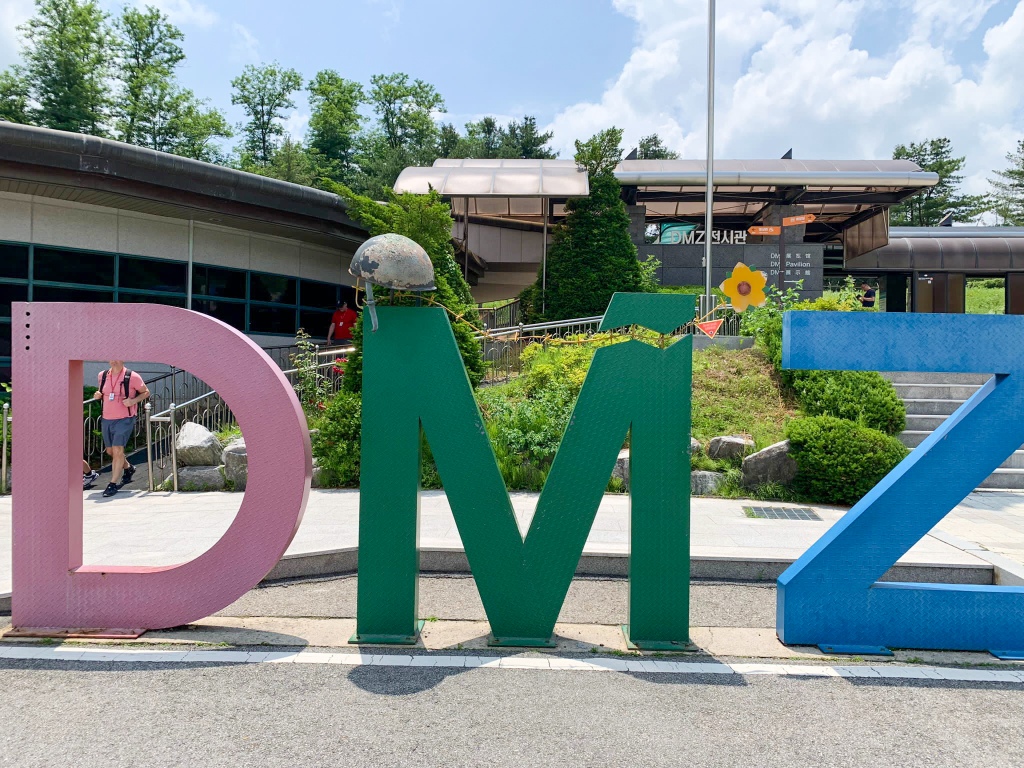
Leave a comment